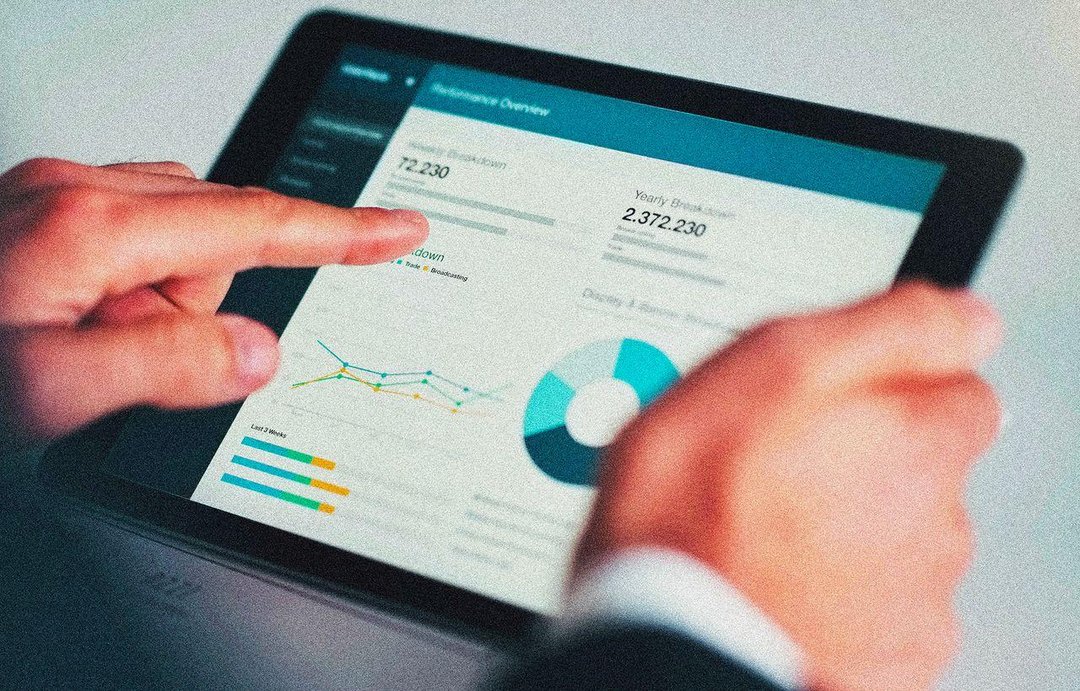
By Anne Tergesen
June 15, 2023
Savers tempted to check their 401(k)s now that stocks are back in a bull market should hold off.

People are more likely to check their retirement accounts during a bull market than a downturn, brokerage data suggests. PHOTO: GETTY IMAGES
When it comes to logging into your 401(k) to check the balance, less is always more whether the market’s up or down. The quick dopamine hit of seeing a bigger balance can be habit forming and lead some to make risky moves with their money, behavioral economists say. Brokerage data suggests bull markets are also when savers seem most susceptible to developing an account-checking habit.
It sounds counterintuitive, but obsessively checking your balance during good times may be as hazardous as doing it during downturns such as the one last year, said Sarah Newcomb, a behavioral economist and founder of coaching and consulting firm Thrive Financial Empowerment Center.
Frequent checkers “will feel every up and down of the market and put themselves on an emotional roller coaster,” a recipe for making suboptimal decisions, she said.
Among the five million participants in 401(k) plans Vanguard Group administers, 62% checked their accounts in 2022, when the S&P 500 index sank 18.11%, according to FactSet.
In contrast, with the index up 31.49% in 2019, 18.4% in 2020 and 28.71% in 2021, 66% to 69% of participants checked their balances.
When stocks are down, many investors avoid unpleasant news, in what is known as the ostrich effect, Newcomb said.
Taking frequent peeks when stocks are up can cause investors to make moves that could potentially undermine their long-term financial security, such as loading up on stocks to chase higher returns, said David Blanchett, head of retirement research at PGIM, the asset-management arm of Prudential Financial.
Such moves can leave investors overexposed to stocks in a market meltdown, magnifying losses.
Seeing your 401(k) balance grow may also make you feel wealthier, raising the temptation to overspend and undersave, Blanchett said.
Your phone isn’t helping
Mobile devices are increasing the temptation to check accounts more often.
Savers checking their 401(k) accounts with mobile devices looked at them 25 times on average in 2022, up from 20 times in 2021, versus 10 times for those using computers in both years, according to Vanguard.
The more people look at their 401(k)s, the lower their long-term returns are likely to be, according to two landmark studies from behavioral economists Shlomo Benartzi and Richard Thaler. They found that investors with distant goals who resisted the temptation to monitor the market earned significantly higher profits over time than those who checked annually.
That doesn’t mean all who check their balances end up trading.
About 6% of participants who manage their own 401(k) investments transferred money from one fund to another last year, down from 8% in 2021 and 10% in 2020, according to Vanguard.
Among workers exclusively using a diversified target-date fund, which shifts money from stocks to bonds as investors age, only 2% traded last year, Vanguard said.
Joel Dickson, global head of advice methodology at Vanguard, said that because trading levels are low, “the checking activity we see seems to be somewhat benign.”
The stress is real
Still, that doesn’t mean frequent checking won’t cause some harm.
The volatility of stocks helps explain why. Since 1929, the S&P 500 has posted negative total returns on 46% of days in which the markets are open, subjecting those who check their balances daily to lots of bad news.
In contrast, those who looked at where they stood once a year saw losses only 26% of the time. Over 10-year periods, the odds of a loss were just 6%, according to BofA Global Research.
Even in a bull market, “if you check often you will see losses more often, which causes stress,” said Blanchett. That effect is magnified for the average person, because the pain of losing is more powerful than the pleasure of gaining, he added.
Set a schedule for checking your 401(k)
There is no magic formula for how often to check your 401(k) balance, but it helps to impose limits.
Newcomb checks her balance occasionally, often after making new contributions, to congratulate herself on saving.
Blanchett checks once a year, at year-end. He recommends looking no more than once a quarter to see if you’re on track toward meeting your retirement goals.
Once you decide how often to look at your balance, set a calendar reminder.
If you find yourself checking more frequently, “ask yourself, ‘What is it that I am really wanting?’” said Newcomb, who said many are seeking a sense of control.
Have a financial plan
It helps to focus on long-term goals more than daily market swings.
Wade Pfau, author of “Retirement Planning Guidebook,” recommends focusing on your savings rate rather than your 401(k) balance.
His research indicates that someone who plans to work for 30 years and holds 60% in stocks and 40% in bonds should save 16.6% a year to replace half their income over a three-decade retirement.
A person who plans to work 40 years should save 8.8% a year. Those rates would have been high enough to replace a significant portion of preretirement income when combined with Social Security benefits over the past 150 years, even amid the worst stock-market returns.
Write to Anne Tergesen at anne.tergesen@wsj.com
Dow Jones & Company, Inc.



